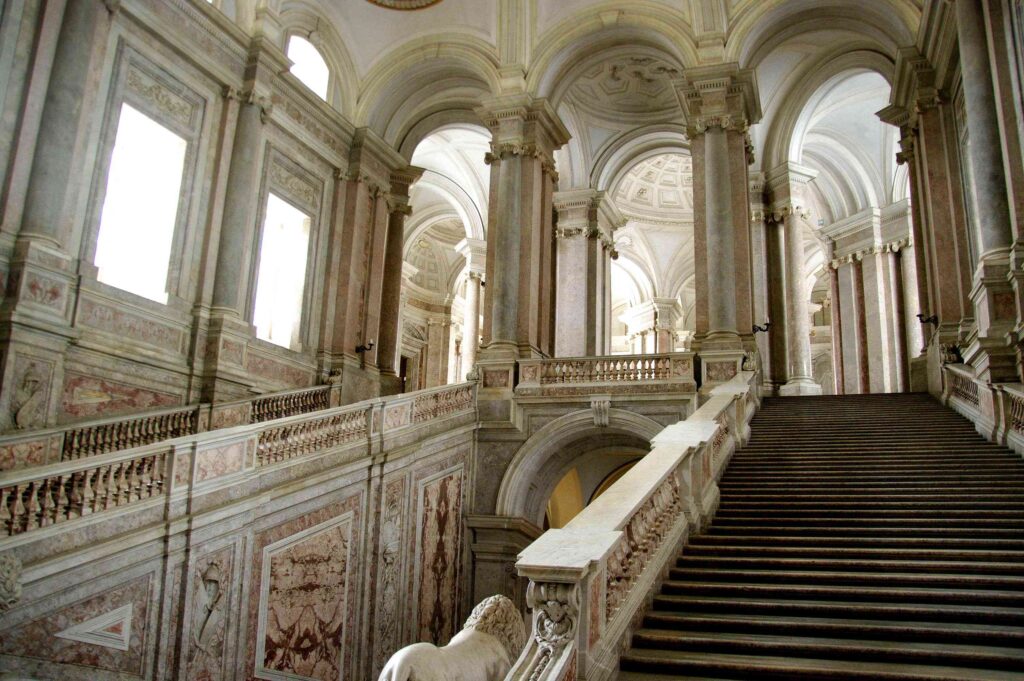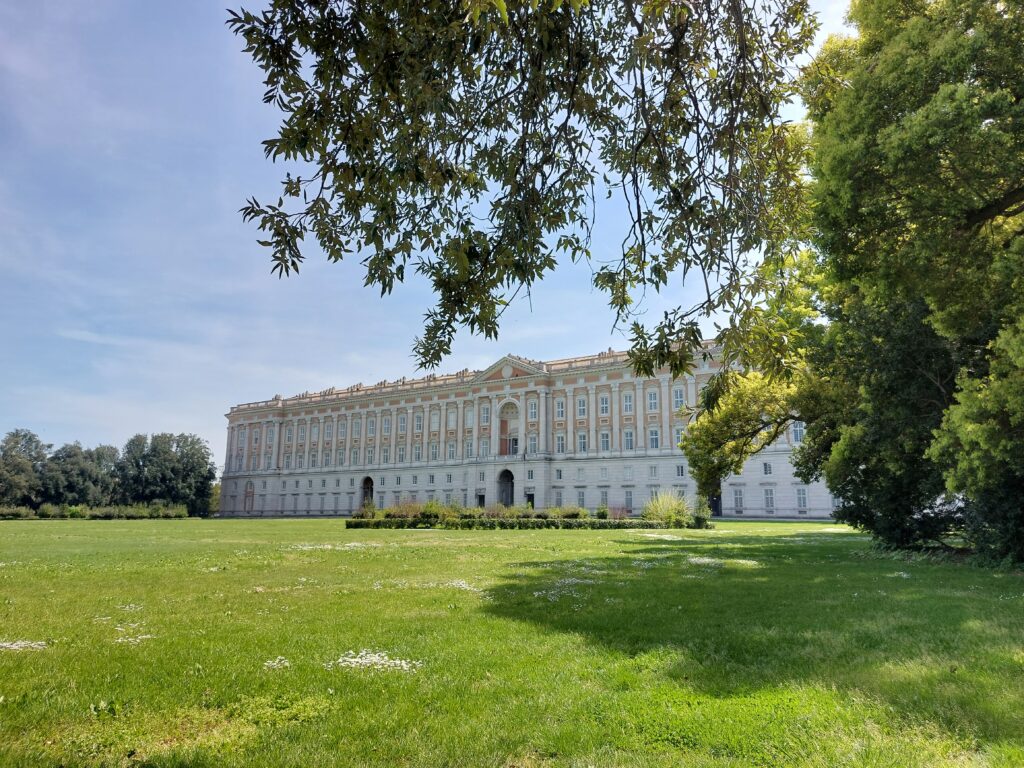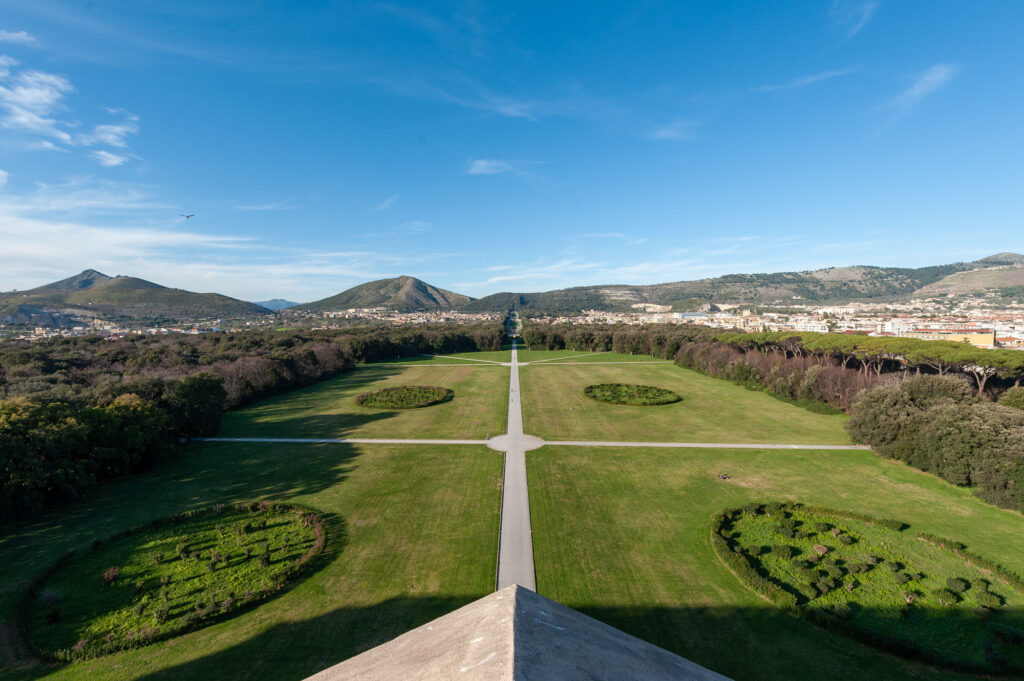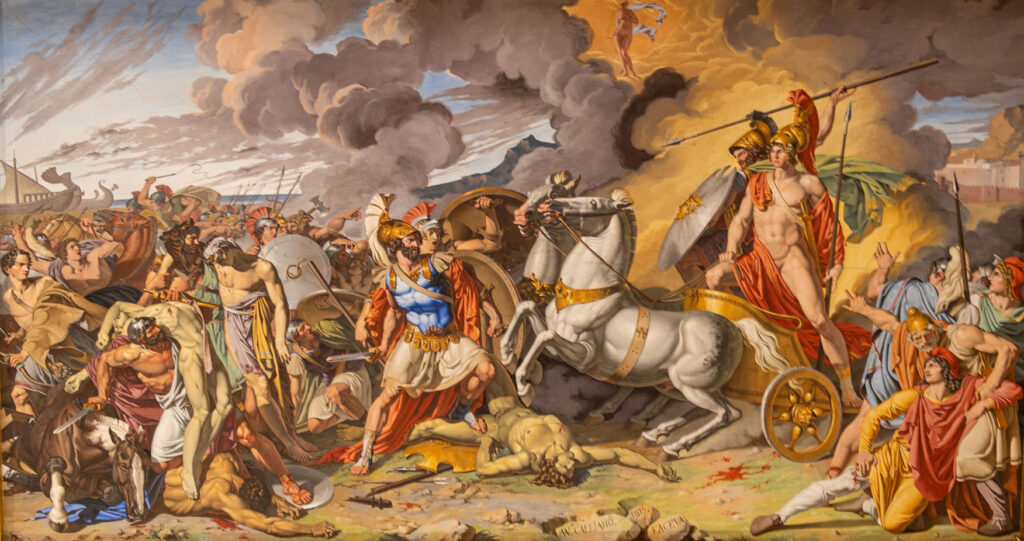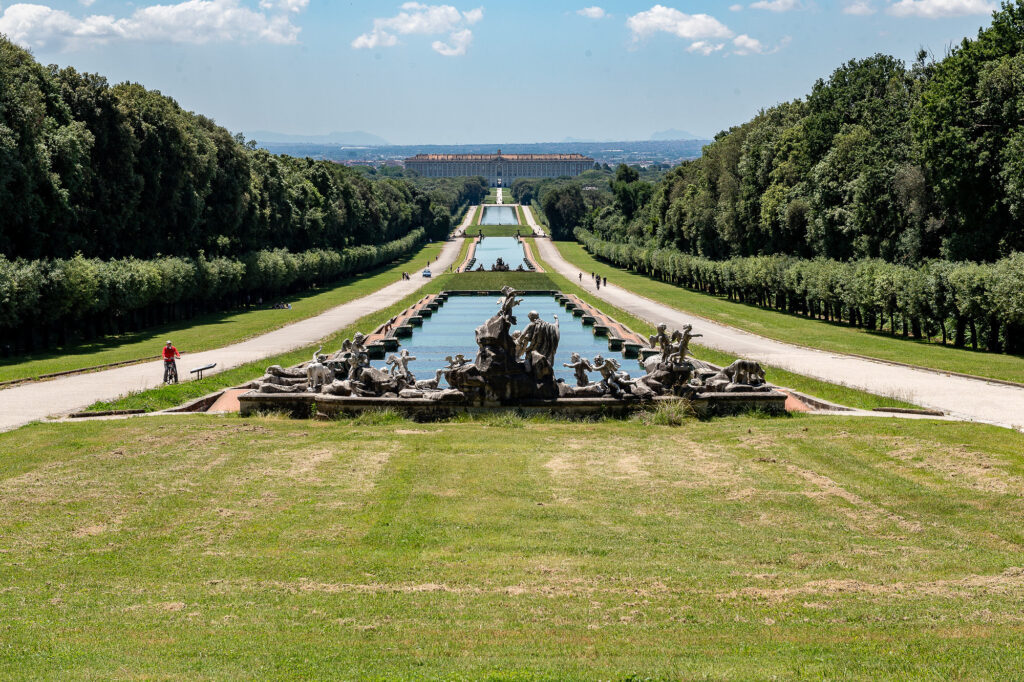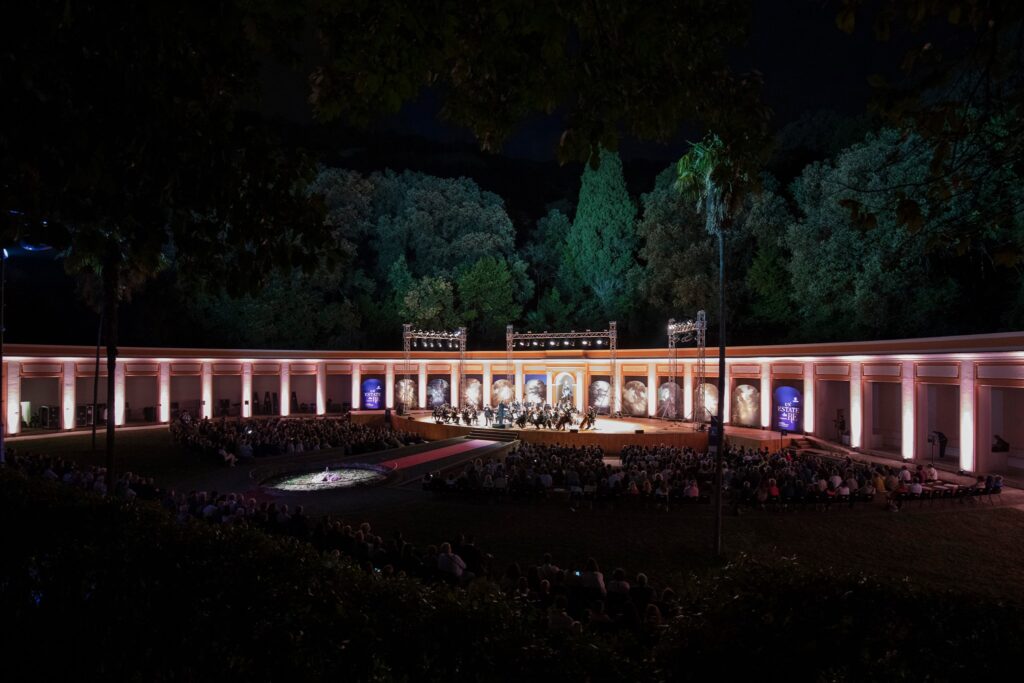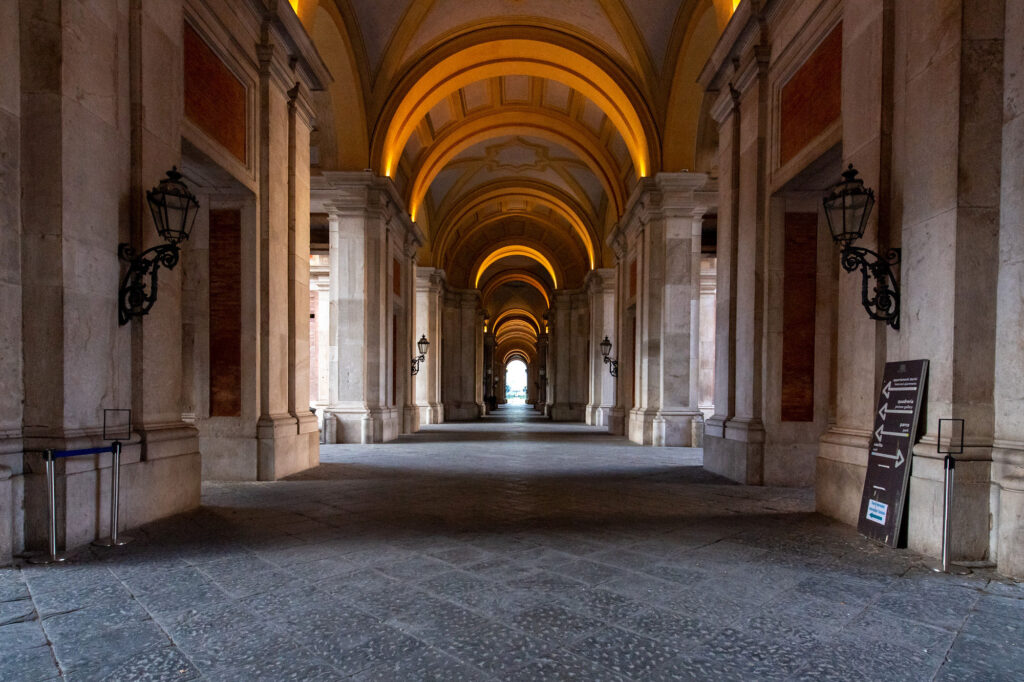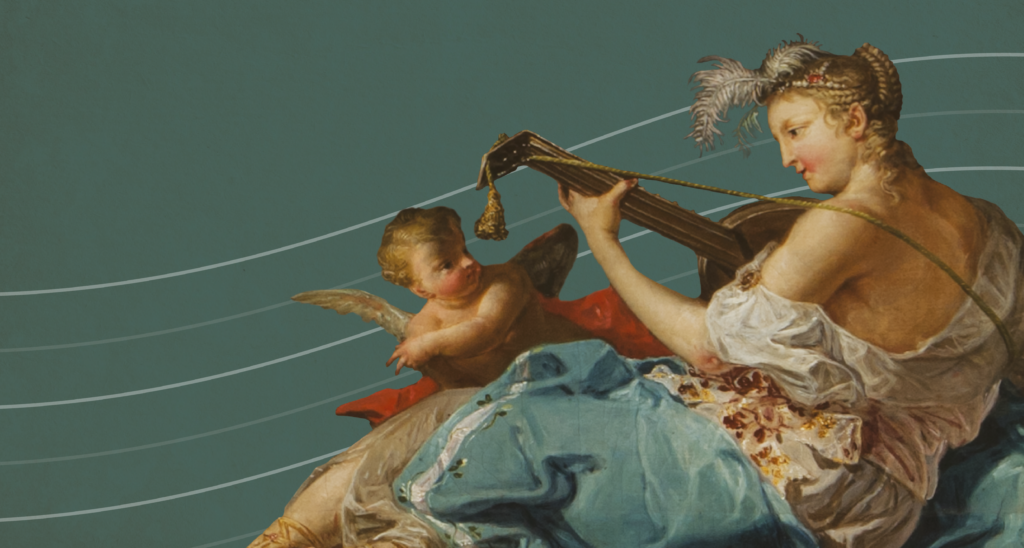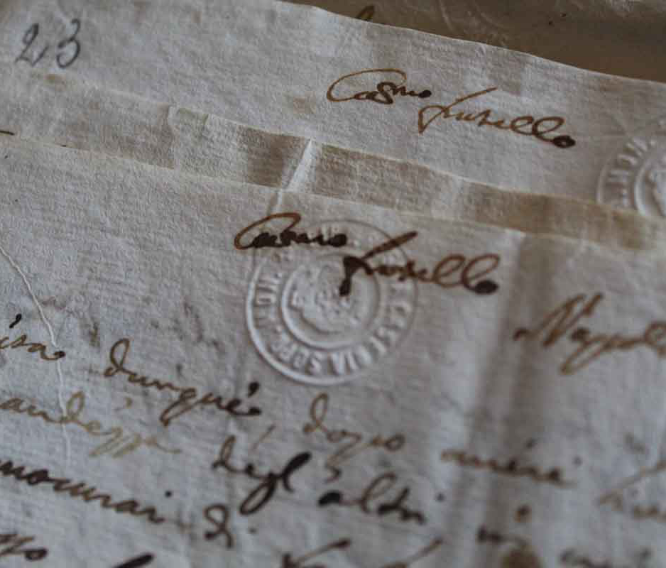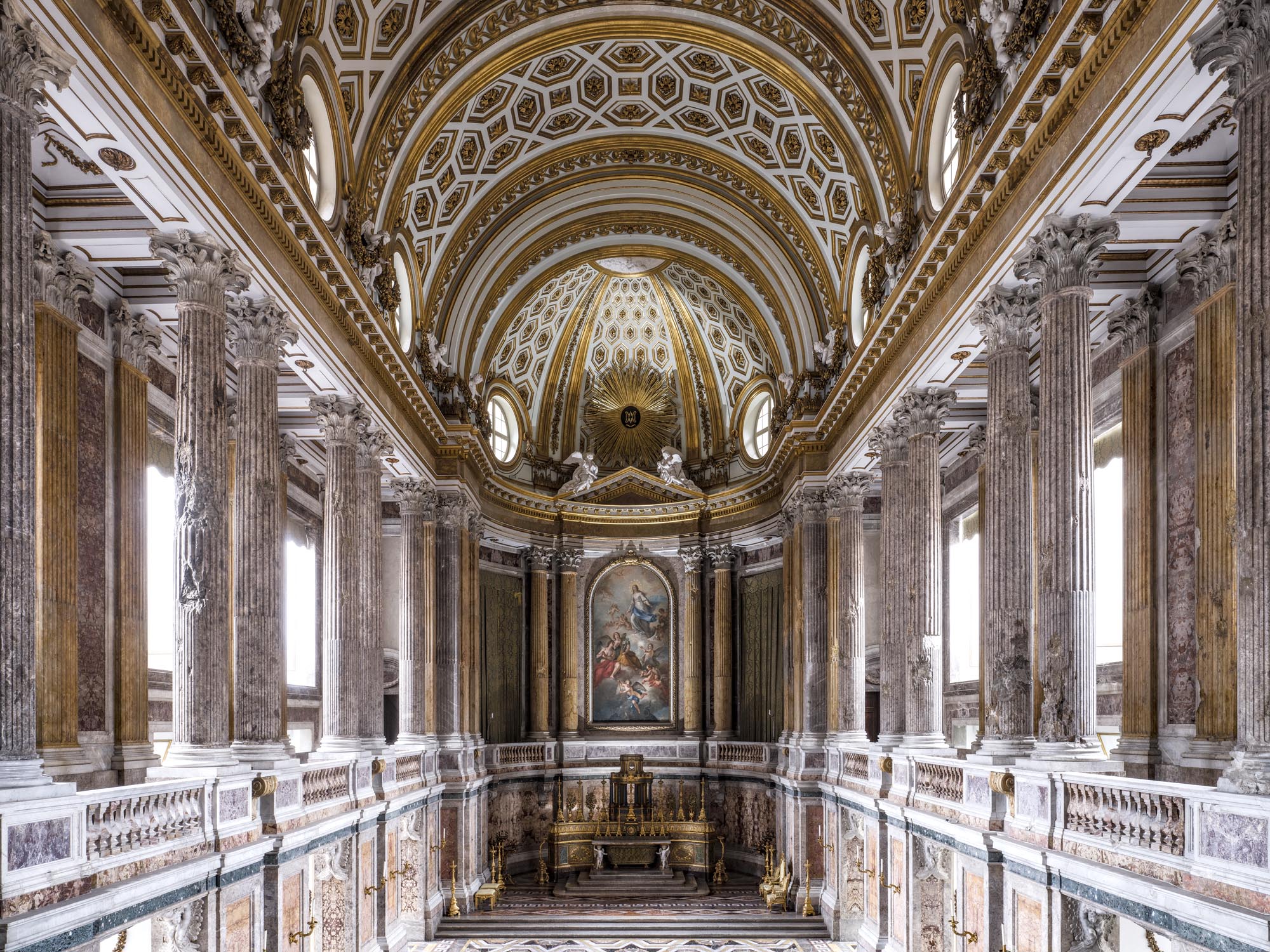
Scopri di più: Cappella Palatina
I bombardamenti del 1943
Per abbellire la Real Cappella, Re Carlo e sua moglie Maria Amalia commissionarono otto grandi dipinti ai più rinomati artisti del Settecento europeo: Sebastiano Conca, Giuseppe Bonito, Anton Raphael Mengs.
Quasi tutte le tele andarono distrutte durante il bombardamento aereo che colpì la Reggia di Caserta nel settembre 1943, insieme a una parte del soffitto e delle colonne, agli organi, alle sculture e ad arredi sacri di inestimabile valore. Alcune colonne recano ancora i segni del bombardamento, come testimonianza di uno dei momenti più drammatici della storia mondiale.
La Reggia di Caserta ospitò il quartier generale delle Forze armate alleate e fu casa non solo delle donne e degli uomini che indossavano la divisa, ma anche delle strategie e delle trattative che portarono alla fine del lungo e drammatico conflitto. Proprio alla Reggia infatti il 29 aprile 1945 furono ospitate le trattative segrete e la firma della resa incondizionata delle truppe nazifasciste. L’ufficialità della stessa ci fu il 2 maggio. C’erano quel giorno i vertici dell’esercito alleato e la stampa internazionale.


